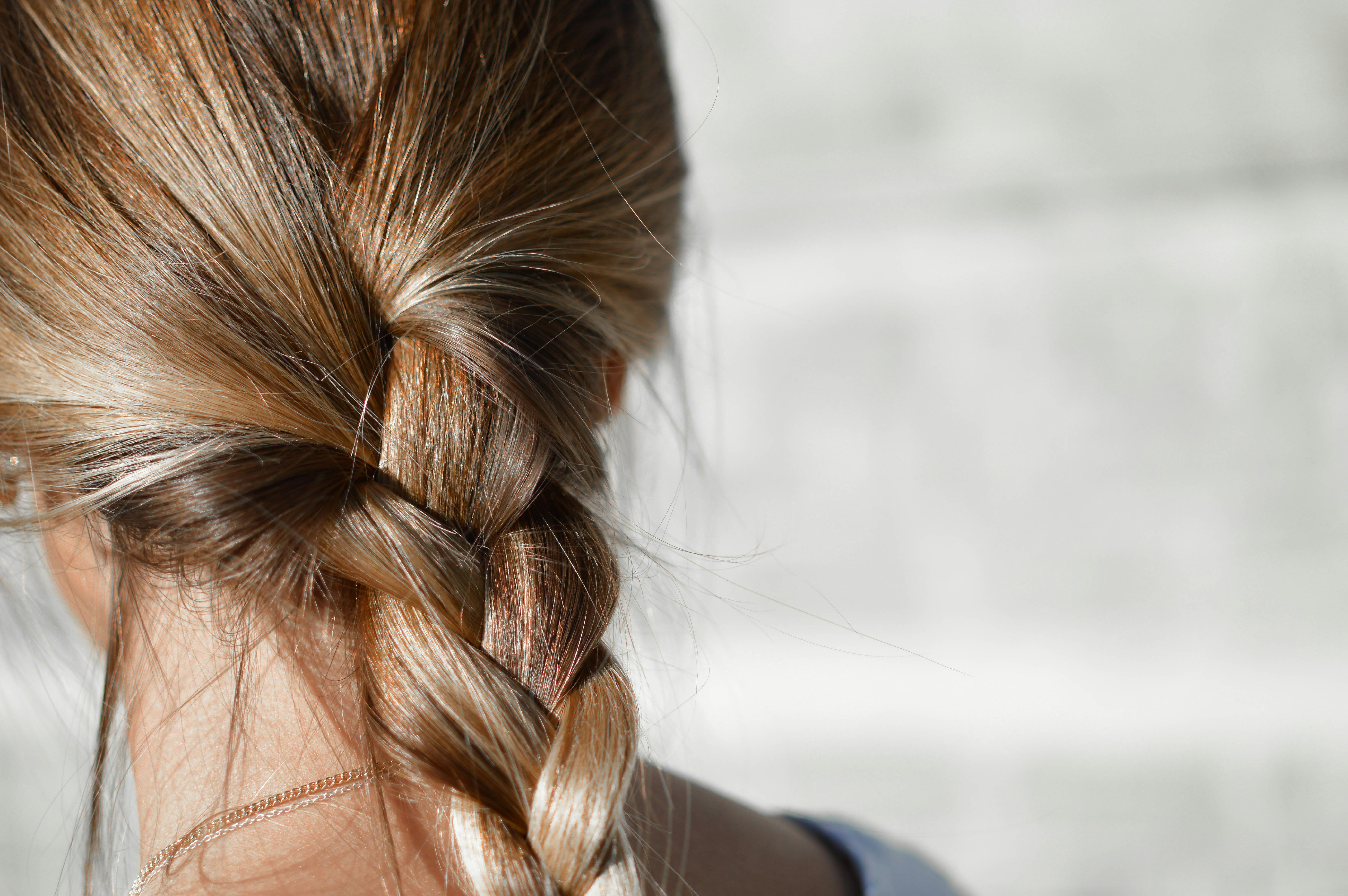Introduction to Hair Damage
Hair damage can feel like an uphill battle. Whether it’s due to heat styling, chemical treatments, or environmental stressors, our locks often bear the brunt of daily life. The result? Dullness, breakage, and a lackluster appearance that leaves you feeling less than confident.
But fear not! Enter the deep conditioning hair mask—a game changer for revitalizing your mane. This powerful treatment works wonders by penetrating the hair shaft to restore moisture and strength where it’s needed most. If you’re ready to transform your damaged strands into silky smooth tresses, keep reading as we dive into how this miracle product can work for you!
Benefits of Deep Conditioning Hair Masks
Deep conditioning hair masks offer a wealth of benefits for those struggling with damaged or dry hair. They penetrate deep into the hair shaft, providing intense hydration that regular conditioners often can’t achieve.
These masks are formulated to restore moisture balance, making your locks feel softer and more manageable. This added hydration helps reduce frizz, leaving you with smoother strands that shine.
Moreover, deep conditioning can strengthen hair by replenishing lost nutrients. Ingredients hair mask for hair growth like keratin and natural oils work together to repair damage from heat styling or environmental factors.
Using a deep conditioning mask regularly can also promote healthier growth. By improving overall scalp health through nourishment, you’re setting the stage for luscious locks in the long run.
Indulging in this luxurious treatment can be incredibly relaxing—turning your self-care routine into a mini spa experience at home. Your hair deserves this pampering!
Ingredients to Look for in a Deep Conditioning Hair Mask
When choosing a deep conditioning hair mask, it’s essential to check the ingredients list. Look for natural oils like argan, coconut, or jojoba oil. These oils penetrate the hair shaft and provide moisture.
Protein is another critical component. Ingredients such as keratin or silk protein help strengthen and repair damaged strands. They add structure and resilience to your hair.
Hydrating elements like aloe vera or honey can work wonders too. Aloe vera soothes the scalp while providing hydration without weighing down your hair.
Don’t overlook vitamins! B vitamins and vitamin E are fantastic for promoting shine and overall health.
Avoid harsh chemicals whenever possible. Sulfates and parabens can strip away natural oils, leading to more damage over time. Always aim for products that prioritize nourishing ingredients over fillers.
Step-by-Step Guide to Using a Deep Conditioning Hair Mask
Start by selecting the right deep conditioning hair mask for your hair type. Look for one that addresses specific concerns like dryness or frizz.
Before applying, wash your hair with a gentle shampoo to remove any buildup. Towel dry gently to avoid excess moisture.
Take a generous amount of the mask and distribute it evenly through your damp hair. Focus on the ends, where damage is often most severe.
Use a wide-toothed comb to ensure thorough coverage and prevent tangles. This also helps the product penetrate better into each strand.
Once applied, cover your hair with a shower cap or towel. This traps heat and enhances absorption.
Leave the mask in for 20-30 minutes, then rinse thoroughly with cool water to seal moisture in. Follow up with a light conditioner if needed before styling as usual.
Common Mistakes to Avoid When Using a Hair Mask

Using a hair mask can be transformative, but common mistakes can hinder its effectiveness. One frequent error is applying the product to dry hair. For best results, start with damp strands; this allows for better absorption.
Another pitfall is leaving the mask on for too long. While it might seem like more time equals better results, overdoing it can lead to buildup or greasy locks. Stick to recommended times.
Also, don’t focus solely on your scalp when applying. Concentrate on mid-lengths and ends where damage often occurs.
Skipping heat activation is another missed opportunity. Applying warmth helps open up cuticles and enhance penetration but avoid excessive heat that could cause more harm than good.
Remember you don’t need a massive amount of product. A small amount goes a long way in delivering moisture without overwhelming your hair.
DIY Hair Masks vs Store-Bought: Which is Better?
When it comes to hair care, the debate between DIY hair masks and store-bought options often arises. Both have their merits, but which is truly better?
DIY hair masks offer the advantage of customization. You can tailor ingredients based on your specific hair needs. Avocado for moisture, honey for shine—your kitchen holds endless possibilities.
On the other hand, store-bought masks are formulated with precision. They often contain professional-grade ingredients that target various issues effectively. Plus, they save time and require no mixing or measuring.
Cost can also be a factor. While making a mask at home might seem budget-friendly initially, premium ingredients can add up quickly.
It boils down to personal preference and lifestyle. Some may enjoy the creative process of DIY while others prefer the convenience of ready-made solutions tailored by experts.
How Often Should You Use a Deep Conditioning Hair Mask?
The frequency of using a deep conditioning hair mask depends on your hair type and its current condition. For those with dry or damaged hair, incorporating the mask once a week can work wonders. It helps replenish moisture and restore vitality.
If you have normal to oily hair, using the mask every two weeks may be sufficient. This prevents over-conditioning while still providing essential nourishment.
Keep an eye on how your hair responds after each treatment. Adjusting the frequency based on its needs is key for optimal results.
Seasonal changes can also impact how often you should apply a deep conditioning mask. During colder months, more frequent treatments may be necessary due to environmental stressors like dryness and humidity fluctuations.
Always listen to your locks; they will guide you toward the right routine for maintaining their health and shine.
Additional Tips for Maintaining Healthy and Nourished Hair
To keep your hair healthy and nourished, start by incorporating a balanced diet rich in vitamins and minerals. Foods high fashion in omega-3 fatty acids, like salmon and walnuts, can enhance scalp health.
Limit heat styling tools whenever possible. If you must use them, apply a heat protectant spray first to minimize damage.
Stay hydrated! Drinking enough water helps maintain moisture levels in your hair.
Regular trims are essential too. Snipping off split ends every 6-8 weeks keeps your locks looking fresh.
Choose the right shampoo for your hair type. Gentle cleansers prevent stripping away natural oils while providing necessary nourishment.
Be mindful of how often you wash your hair. Over-washing can lead to dryness; aim for two to three times a week based on your specific needs.
Conclusion

When it comes to restoring damaged hair, a deep conditioning hair mask can be your best ally. These powerful treatments penetrate the hair shaft and provide essential nutrients that revive and rejuvenate tired strands. By understanding how these masks work and incorporating them into your routine, you can achieve healthier, more vibrant hair.
With the right ingredients, proper application techniques, and by avoiding common pitfalls, you’re setting the stage for success. Whether you choose DIY recipes or store-bought options depends on your preferences and specific needs. Remember to consider frequency of use based on your hair type.
Incorporating additional tips like maintaining a balanced diet or protecting your hair from environmental stressors will further enhance its health. The journey to beautiful locks is ongoing but rewarding with consistent care and attention. Embrace the process!



